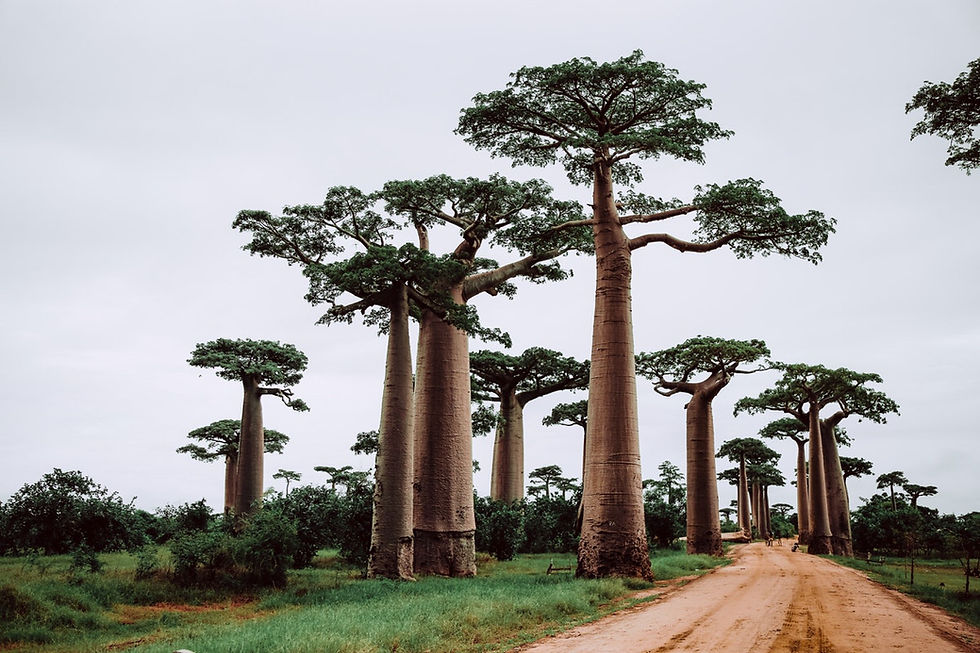flowers from home and abroad
- Carol Watson
- Oct 2, 2018
- 2 min read
Updated: Mar 10, 2024

Carol Watson gave an enjoyable and informative talk to the Gardeners’ Club on a hobby that gradually developed during the early part of her life. Her father was a keen gardener and she became interested in flowers as a child. She used to go out on nature walks with him, collecting wild flowers and pressing them on her return. This led to hill walking and over the years she and her husband have pursued this interest in many parts of the world.
Some ten years ago she joined Winchester Photographic Society. She asked one of the members what type of subjects she could photograph and, knowing that she loved hiking hereplied: “Why not record what you see?” This led to her photographing the wild flowers she encountered on trips abroad and her talk compared many of them with pictures of their cultivated cousins in our gardens. In mountainous regions many wild flowers appear in the spring and only last for a few weeks, so careful planning is required before undertaking a trip.
She showed wild flowers growing in abundance in the mountains of Crete, including the anemone, crocus, cyclamen, gladioli and the scarlet red poppy; on the Cape Flower Route in South Africa, where millions of flowers carpet the land following the winter rains in August/September, and in the Drackensberg mountains where red hot pokers can be found.
In Ecuador the fascinating Monkey Orchid is just one of 6000 native orchids; the Australian desert north of Perth is awash with many varieties of daisies in the spring; and Italy’s Piano Grande, a large basin that was once a glacial lake in the Apennine Mountains, is carpeted with huge drifts of cornflowers and poppies. Closer to home in Hampshire there are the thousands of bluebells in Micheldever woods and snowdrops in Warnford churchyard.
For those readers interested in finding out more, the book ‘Wildflower Wonders of the World’ by Bob Gibbons is an excellent source of information.
Robert Blake





Comments